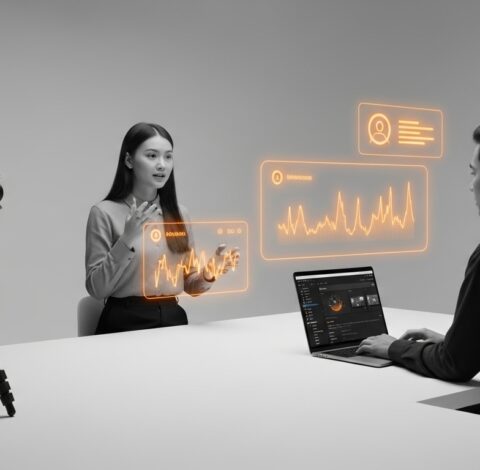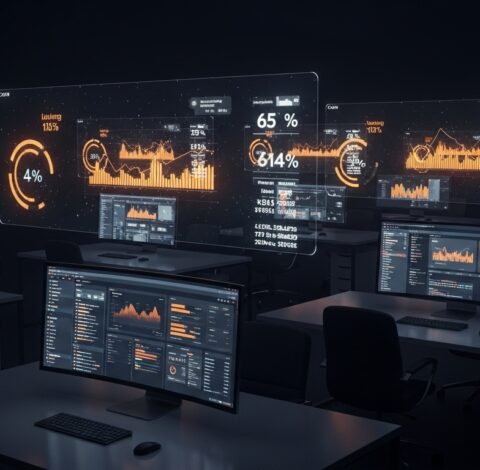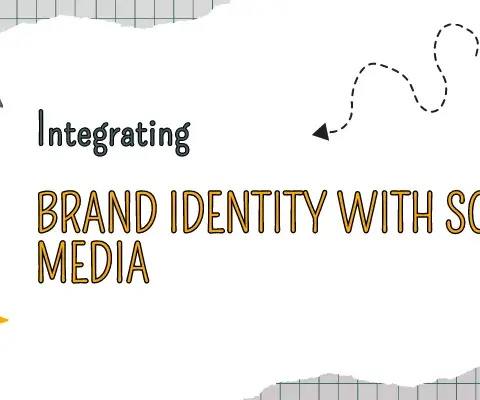
The Evolution of E-commerce: How “Buy Now, Pay Later” Is Redefining Shopping Habits Among Gen Z
In the ever-changing landscape of e-commerce, the payment preferences of Generation Z (Gen Z) are not just a trend; they’re a revolution. Unlike their predecessors, Gen Xers and Millennials, who might still gravitate towards traditional online payment methods, Gen Z demands a different kind of shopping experience—one that prioritizes speed, convenience, and flexibility. This shift has given birth to the meteoric rise of “Buy Now, Pay Later” (BNPL) services, signaling a seismic change in how younger consumers approach their purchases.
The Popularity of BNPL Among Young Consumers
A study conducted by Finder revealed that a whopping 50% of Gen Z respondents and 54% of Millennials have embraced BNPL payment methods, underscoring a clear generational divide in payment preferences. This adoption rate skyrocketed during the COVID-19 pandemic, with clothing emerging as the most frequently purchased item using BNPL services. However, the utility of BNPL extends far beyond fashion, covering a wide array of categories including electronics, furniture, appliances, and household goods. This versatility highlights BNPL’s ability to cater to a broad spectrum of consumer needs, making it an attractive option for Gen Z shoppers looking for a balance between immediate gratification and manageable repayment plans.
Addressing the Limitations of Traditional Credit Cards
Traditional credit cards, while offering a degree of convenience, come with significant drawbacks that make them less appealing to Gen Z. The necessity of establishing a credit history to obtain a credit card excludes many young consumers from this option. Additionally, the accumulation of interest on unpaid balances and the potential damage to credit scores due to late payments introduce unnecessary risks and complexities that deter many from choosing credit cards as their primary payment method.
Conversely, BNPL solutions like Klarna and Afterpay offer a straightforward, hassle-free payment alternative. These platforms empower Gen Z consumers with increased purchasing power by allowing them to break down payments into smaller, more manageable installments over several weeks or months. This flexibility eliminates the stress associated with immediate payments, aligning perfectly with the financial realities and preferences of many young adults who seek to maximize their purchasing power without compromising their financial stability.
The Future Implications of BNPL Adoption
The rapid growth of BNPL services reflects a deeper shift in consumer behavior and expectations, driven by the unique characteristics of Gen Z. As this generation continues to grow and exert influence on the market, the demand for convenient, flexible payment options is likely to continue expanding. Retailers and e-commerce platforms that fail to adapt to these changing preferences risk missing out on tapping into the spending power of a demographic that values speed, convenience, and financial flexibility above all else.
Moreover, the widespread adoption of BNPL services has implications beyond just consumer behavior. It challenges traditional banking models and payment systems, prompting a reevaluation of how financial services are delivered and consumed. As BNPL continues to gain traction, it’s poised to reshape not just the e-commerce landscape but also the broader financial sector, paving the way for a future where payment flexibility and consumer convenience are paramount.
In conclusion, the advent of BNPL services marks a pivotal moment in the evolution of e-commerce, driven by the distinctive preferences of Gen Z. As this generation becomes an increasingly influential consumer segment, the adoption of BNPL solutions is likely to continue growing, fundamentally altering the landscape of online shopping and payment methods in the process.




























